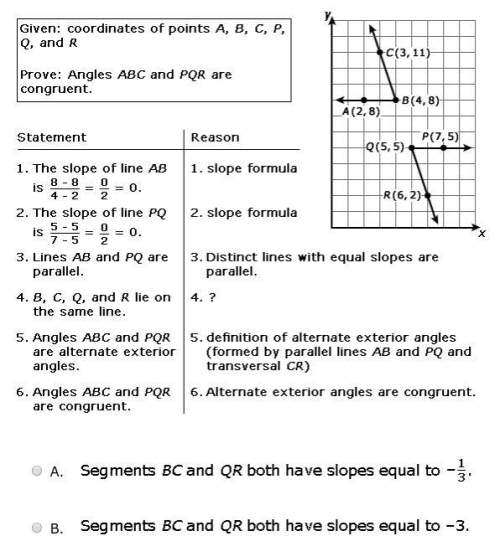
Mathematics, 01.04.2021 01:10 nadine6085859r
Please need help due today
1: A : Suppose you are a new employee. You notice that each payment option describes a sequence and decide to use rules to help determine which option to take.
Determine the iterative rule for each sequence. Show your work.
B: Your friend trusts your tables in Problem 1, but wonders if you wrote the iterative rules correctly. Show two calculations to convince your friend that both your rules work.
2:
(Score for Question 3: ___ of 5 points)
A: Consider the iterative rules you wrote in Problem 2.
Explain why the rules are functions.
B: Your friend says that because the rules are functions, they can be graphed and must have y-intercepts. How would you respond to your friend’s comment?
C:Your friend uses your rules to determine the outputs when the inputs are 18.5. Explain why her outputs are meaningless in this situation. What would you tell her about the inputs she can use?
3: The longest amount of time employees can work under Option A or Option B is 20 weeks. After employees work 20 weeks, they can either quit or keep making the same amount they made during Week 20. If an employee plans on quitting after 20 weeks, which payment option gives the greatest total income? Explain.

Answers: 3
Another question on Mathematics

Mathematics, 21.06.2019 20:30
Use complete sentences to differentiate between a regular tessellation, and a pure tessellation. be sure to include specific types of polygons in your explanation.
Answers: 2

Mathematics, 21.06.2019 22:00
Type the correct answer in the box. consider the system of linear equations below. rewrite one of the two equations above in the form ax + by = c, where a, b, and c are constants, so that the sum of the new equation and the unchanged equation from the original system results in an equation in one variable.
Answers: 2

Mathematics, 21.06.2019 23:30
Afactory buys 10% of its components from suppliers b and the rest from supplier c. it is known that 6% of the components it buys are faulty. of the components brought from suppliers a,9% are faulty and of the components bought from suppliers b, 3% are faulty. find the percentage of components bought from supplier c that are faulty.
Answers: 1

Mathematics, 22.06.2019 00:00
Darragh has a golden eagle coin in his collection with a mass of 13.551\,\text{g}13.551g. an uncirculated golden eagle coin has a mass of 13.714\,\text{g}13.714g.
Answers: 2
You know the right answer?
Please need help due today
1: A : Suppose you are a new employee. You notice that each payment opti...
Questions



Mathematics, 18.10.2019 11:30

Biology, 18.10.2019 11:30

Health, 18.10.2019 11:30

Social Studies, 18.10.2019 11:30




Chemistry, 18.10.2019 11:30

History, 18.10.2019 11:30

History, 18.10.2019 11:30


Mathematics, 18.10.2019 11:30

Biology, 18.10.2019 11:30








